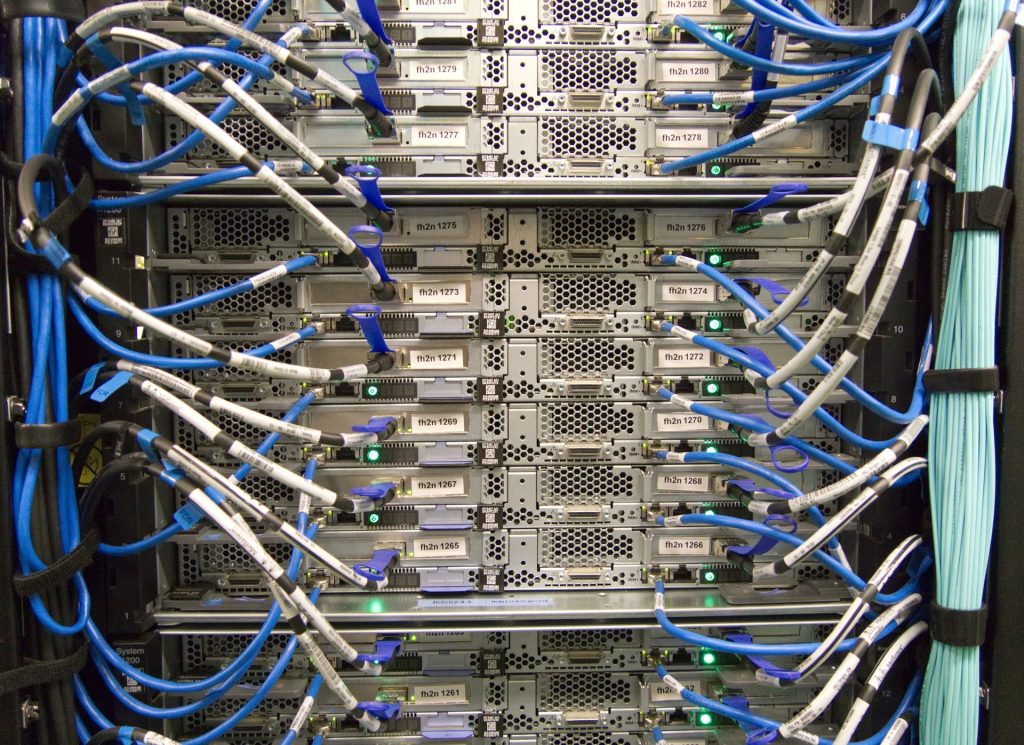
June 1, 2022
Edge computing in business
No matter what part of the industry you are in and what goals you might have, we know that growth is what concerns you. Today, business growth is impossible without technology, and the subject of today’s blog is a real treat: edge computing. This technology could provide the oil and gas industry with independent operational stability, regardless of external factors. Let’s check it out.
A new age of virtual reality
Thanks to COVID-19, the virtual reality (VR) industry is finally getting some well-deserved attention; attention it should have received years ago. Technologies from various spheres are being tested and tweaked and used with VR to get even better results in business. Lately we’ve been seeing the release of amazing new headsets with even better resolution, an impressive increase in the field of view, and a great focus on standalone devices. It is a race to market the device that will provide the best experience, but some have decided to take it a step further.
Prominent companies are serious about developing devices that provide the best VR experience. We are not talking about headsets this time. From haptic vests, treadmills, and VR boots to full bodysuits, VR is getting a significant upgrade. Furthermore, there is a new buzzword in VR: edge computing. Some say this is what we need to improve virtual reality, so let’s check that out.

Edge computing in synergy with VR
Here is IBM’s definition: “Edge computing is a distributed computing framework that brings enterprise applications closer to data sources such as IoT (Internet of Things) devices or local edge servers.”As they further explain, “this proximity to data at its source can deliver strong business benefits, including faster insights, improved response times and better bandwidth availability.”
VR is a brilliant technology that simplifies the way we train our operators. We’ve talked about how much this can benefit the oil and gas industry. If we add edge computing to this equation, we get benefits from both technologies. Here are some examples.
- Digitalise all activities, including assets, objects, people, and the environment, to recognize and seamlessly enable valuable interactions.
- Optimise complex operations within an industrial plant in real-time, improving performance management.
- Boost spatial awareness of our assets, where devices and automation use real-time analytics to adapt to changes in the environment.
- Provide more analytics for a deeper understanding of the industrial plant. This data optimises just about any process in the plant itself by improving utilisation, safety, and efficiency.
- Enable high-fidelity VR experiences on low-power standalone VR headsets by offloading rendering to the edge cloud and using render streaming.
This could grant access to training results right away, as the data is not stored on a distant server. Moreover, data is accessed right there where it’s created. The analytical aspect of our business could be so much easier, and instantly provided data could mean that from now on, we can make decisions right away. We are talking about near-real-time analytics here. Edge computing could revolutionise oil and gas as we know it today.

Edge computing is so versatile in application that it would be a waste not to use it in various departments of businesses. It doesn’t surprise us that today, it is under consideration for use (if not already being used) in marketing, education, production, and customer experience. Let’s take a look at that.
Marketing
As the advertising industry grows, more and more data is needed to target and distribute ads to the appropriate consumers. With privacy changes in marketing, advertising has become complicated. Marketers use edge computing to improve privacy in online advertising by reducing the volume of personal data sent away from users, vastly improving advertising without infringing the privacy rights of internet users.
Production
In production and manufacturing, edge computing can play a role in condition-based monitoring, introducing VR and AR in manufacturing, precision monitoring and control, and predictive maintenance. In this way, production becomes more flexible and cost-effective, especially in planning.
Customer Experience
In CE, the most important thing is to react quickly to customers’ complaints. This is possible only if the data centres are always up to date. Edge computing can keep the network stable and ensure a real-time data transfer, thus enhancing customer experience.
Education
Edge computing can improve education in various ways. It can take the weight off overloaded networks, protect from hacker attacks, process information faster, thus increasing productivity and efficiency, offer the possibility of virtual learning in virtual classrooms, reduce costs on every level, and boost research facilities in educational institutions. The opportunities here are endless.

A boost to businesses
There is a lot of potential in edge computing, and pairing it with central servers and cloud computing opens up a world of hyperconnection. In this world, we will receive data in a matter of milliseconds and virtual learning will become an everyday thing. We might be closer to that moment than we think. Until then, our team at Linde Engineering will continue to develop the perfect operator training program to make our industrial plants safer places.



